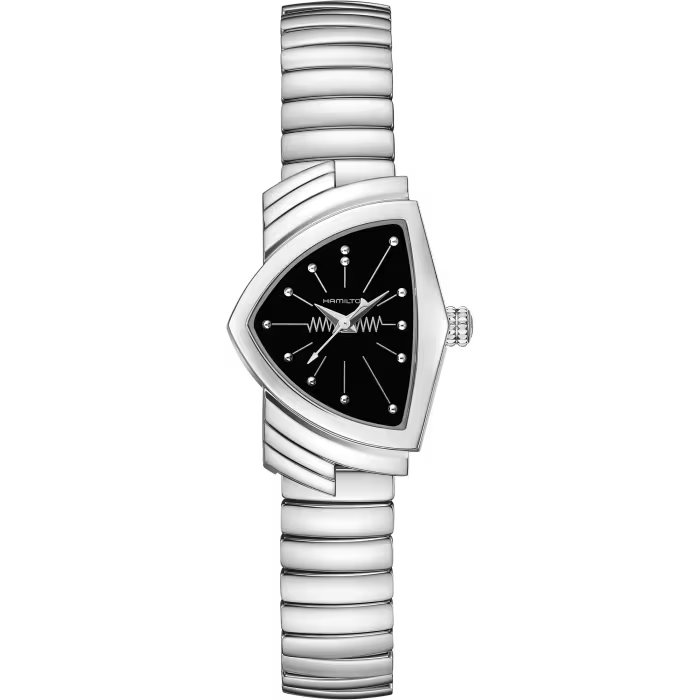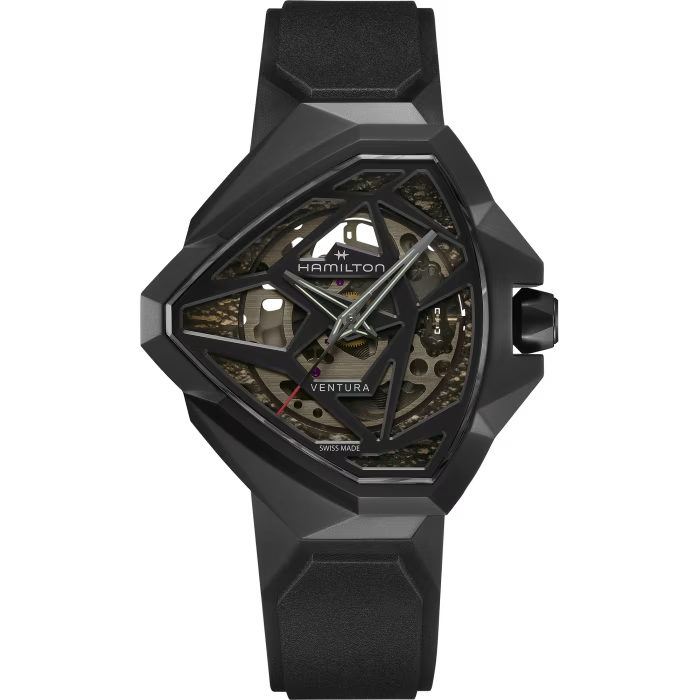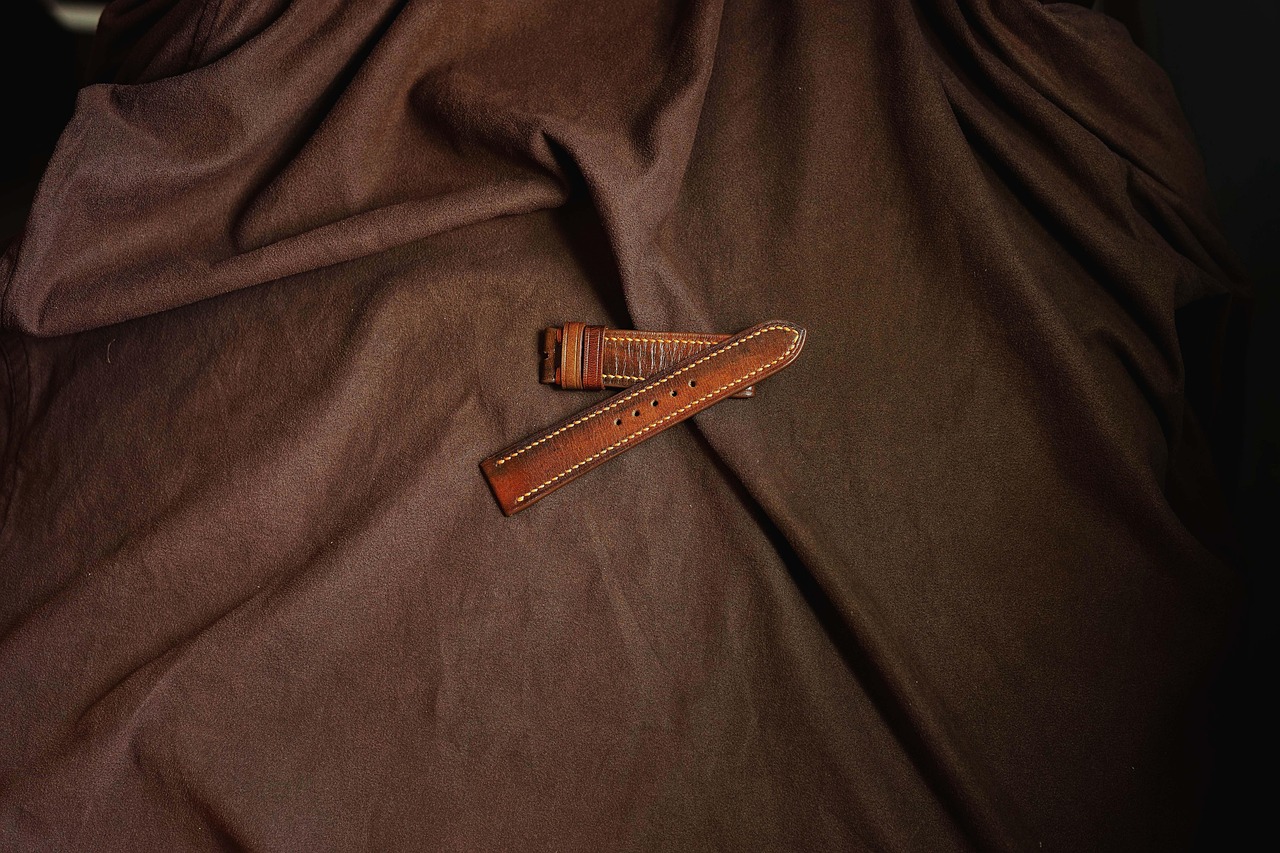The Changing Value of the WATCH: The New Role Demanded by the Times and Japanese Craftsmanship
Watches are a close companion in our daily lives, sometimes marking the milestones of our journey. They are a symbol that reflects the era, a crystal of technology, and an entity that mirrors people’s values. This time, we will consider the “value of watches” that shifts with the changing times and the “potential of Japanese craftsmanship.”
A Shifting Awareness of Time and the New Role of the watch
The contemporary watch market is in the midst of a major transformation. In an age where anyone can instantly know the exact time with a smartphone or smartwatch, the very significance of the watch is being questioned like never before. Furthermore, there is a growing trend of purchasing watches not as tools to tell time accurately, but as assets to hold for their value, leading to a situation where some brands cannot keep up with inventory.
What factors lie behind this phenomenon?
Luxury watches not only use precious metals like gold and platinum as materials, but their value also lies in the brand’s history, the artisan’s skill, and the universal design itself. These are less susceptible to the risk of value dilution like currency and function as assets resilient to inflation.
The primary reason for the high asset value of specific luxury watch brands like Rolex and Patek Philippe is that their supply is remarkably limited in contrast to their overwhelming demand. Furthermore, soaring prices in the second-hand market, investment-driven purchases, and active resale are pushing up demand, making shortages at authorized dealers a constant state of affairs.
In an era where smartphones provide the accurate time, the role of the wristwatch has shifted from the practical function of “telling time” to a symbol of status and trust. Especially in business settings, a wristwatch serves as a tool to convey a sense of “reliability” and “responsibility.” The choice of brand, design, and material naturally expresses a person’s lifestyle and social standing.
How will the watch industry transform in the future?
Design >>> A Harmony of Tradition and Innovation
- Changes in case shapes and diversification of sizes.
While round cases were once the mainstream, models with diverse shapes such as square, octagonal, and cushion-shaped cases have been gaining attention in recent years. In terms of size, the trend is shifting from the larger cases of 42mm and above that were popular a few years ago to smaller models around 38mm. - A focus on vibrant color dials and texture.
In addition to classic white and black dials, vibrant colors like red, green, and blue are gaining popularity. Furthermore, there is an increasing number of designs that emphasize texture and story, such as using traditional Japanese crafts like washi paper or lacquer on the dial, or applying delicate stamped patterns that evoke a snowscape. - A return to vintage and the reinterpretation of heritage.
The movement to reissue and reconstruct past masterpieces with modern technology will likely continue. A new model has been released from the “Ventura” series, which has been popular for its unique case shape since its initial launch.
↓ Rebuilt Hamilton Ventura model ↓
Ventura S Quartz

Ventura Edge Skeleton

reference : https://www.hamiltonwatch.com/
Technology >>> A Fusion of Functional Beauty and Art
- Further evolution of technological innovation.
Brands are fiercely competing to develop models that are thinner and equipped with more complex mechanisms. The development and adoption of new materials like ceramic and titanium are also advancing, improving durability and comfort while expanding the possibilities for new aesthetic expressions. The application of new materials to watches is sometimes used as a branding element to easily create an impact at the time of release. - Sustainable technology and materials.
Solar watches powered by sunlight or indoor light, and the active use of recycled materials are strongly supported by environmentally conscious consumers. It is believed that the utilization of sustainability will continue to be a field demanded of manufacturers and brands in line with social backgrounds.
Consumer Preference >>> From “Things” to “Experiences”
Consumer interest is shifting from the product itself (the “thing”) to the experience associated with it (the “experience”). There is a growing tendency for consumers to empathize with the story behind a brand’s history, philosophy, and the passion of its artisans before deciding to make a purchase. Some brands are also offering spaces like clubhouses where watch enthusiasts can gather, creating new value in the purchasing experience itself.
How will the Japanese watch industry transform in the future?
Keywords: A Sense of Beauty and Ultimate Precision
As global trends diversify, Japanese-made wristwatches have established a unique position and are highly regarded by enthusiasts worldwide. Their strength can be summarized as the “sincerity” rooted in Japanese craftsmanship and a “sense of beauty” unparalleled in the world.
1. The precision and usability of Japanese movements.
The manufacture system, where everything from the design to the manufacturing and assembly of the movement is done in-house, is the foundation that supports the quality of Japanese watches.
2. Design that pursues beauty.
Japanese watch design is based on a “beauty of subtraction,” which strips away ornate decoration to pursue essential beauty. Designs that are not overly assertive yet possess a dignified presence are suitable for all occasions, from business to daily use.
3. A sense of beauty that resonates with a view of nature.
Designs inspired by Japan’s rich nature and the changing seasons, such as Grand Seiko’s “Snowflake dial,” are highly acclaimed overseas. This is not merely a design element but an expression of the ancient Japanese view of life, death, and time, which harmonizes with nature and perceives all activities as part of it. This emotional and aesthetic value is the great appeal of Japanese-made watches.
What Tokiji Can Do?
In the watch industry, the “fusion of tradition and innovation” will become an increasingly important theme. While the rise of smartwatches has called into question the significance of mechanical watches, it has also served as an opportunity to spread the culture of wearing a watch to the younger generation.
In such an era, we at Tokiji advocate the concept of “Inheriting Time.” This is not limited to simply passing down a watch from one generation to the next. It is about taking the techniques and spirit that Japanese artisans have continuously passed down, and the rich Japanese sensibility that has found beauty in the changing of nature and seasons, and transforming them into the form of a wristwatch to be passed on to the future. That is our mission.
Global trends of sustainability and personalization resonate deeply with the spirit of Japanese craftsmanship, which values things and pays meticulous attention to detail. We want to make the most of this Japanese strength to create wristwatches that accompany the owner’s life and mark the passage of time together.
The world of wristwatches is profound and full of infinite possibilities. For those who are about to launch their own brand, or for those who are passionate about watch design and manufacturing, we hope that the trends introduced in this article will be a source of new inspiration.
Tokiji offers support in bringing your passion for watchmaking to life through watch OEM (Original Equipment Manufacturer) / ODM (Original Design Manufacturer) services. We provide a comprehensive support system, from consultation on planning and design to manufacturing and after-sales service, to create your one-of-a-kind wristwatch.

